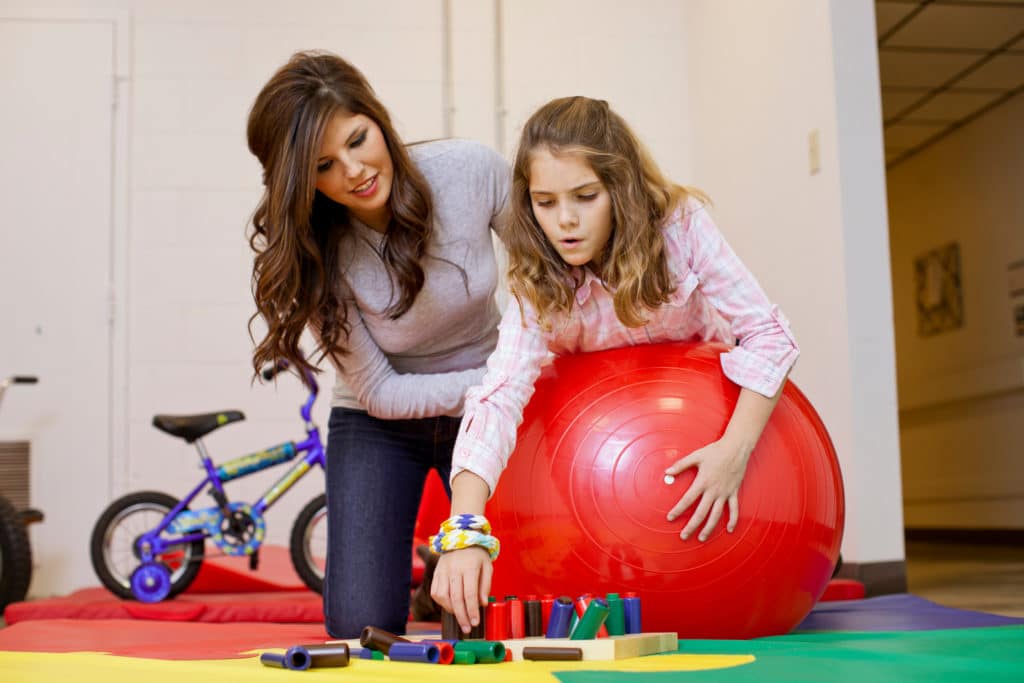Role Of Physical Therapy And Occupational Therapy In Working With Special Needs Children
Published - February 6, 2015
For children with special needs, both physical therapy (PT) and occupational therapy (OT) have a role to play in helping them reach their potential. While there is some overlap in what these two fields offer, a coordinated program that uses the knowledge and training of each professional can help children with motor skill development and life skills.
How Does Physical Therapy Differ From Occupational Therapy?
Physical therapists often work with children who have difficulty with mobility and stability from birth to age 3, but services can extend beyond this point as needed. The goal of pediatric PT is to help them reach developmental milestones that require gross motor skills, such as sitting, crawling, standing, walking, kicking a ball, and jumping. The therapist will assess if the child needs aids such as standers, wheelchairs, or orthotics, and will help the child and family become familiar with the equipment.
Occupational therapists, on the other hand, work with fine motor skills, sensory processing, visual skills, and self-care. Typical activities during sessions might involve grasping and releasing toys, improving hand-eye coordination, handwriting skills, and learning how to bathe, dress and feed oneself. OT is also useful in teaching social skills, anger management, and improved focus.
How PT And OT Professionals Work
Either professional might work in the child’s home or institutional settings such as hospitals, daycares, schools, and private clinics. Typical patients might include children with Downs Syndrome, autism, Asperger’s Syndrome, cerebral palsy, delayed speech and language development, hearing disorders and sensory issues. Aside from children who have had special needs since birth, they also serve children who have developed needs after illness, accident, or injury.
Many young patients have one or more conditions that impact development and performance in school and in interaction with others. The therapists first evaluate the child’s conditions, and then they develop a treatment plan that might include one-on-one sessions with therapists, group sessions, and supplementary home activities that will enhance and reinforce what the therapists do. Depending on the needs of the child, both the PT and the OT will have a role in the treatment plan.
Training For Careers In PT And OT
Training programs at CBD College include both classroom and clinical time to assure that students graduate with a firm theoretical basis for their field, as well as hands-on experience. For information about the Physical Therapist Assistant and Occupational Therapy Assistant programs, contact us today at 877.770.4CBD or 213.427.2200.




